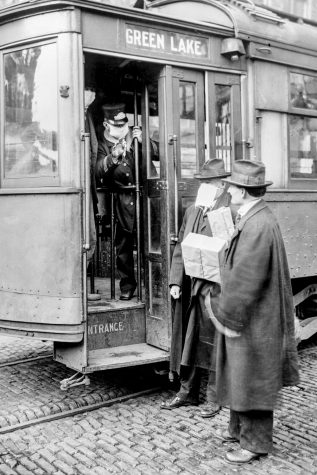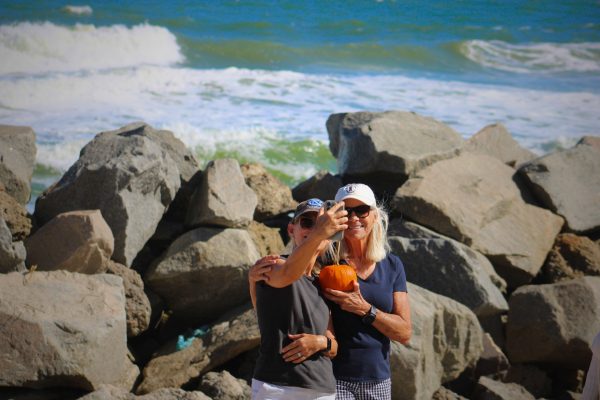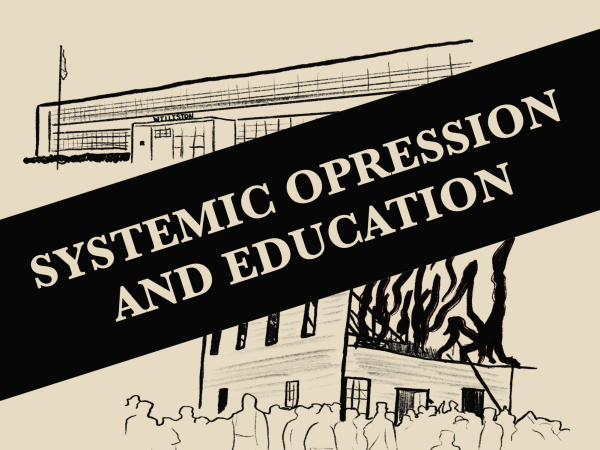What we can learn from the Spanish Flu of 1918: vaccines, early-action and mask wearing
Erie Times News/ TNS
This is a photo collage of 1918 Spanish flu covers and articles from the Erie Daily Times and the Erie Dispatch. [ERIE TIMES-NEWS]
Since the spread of the Spanish Flu in 1918, which is labeled by historians as the deadliest pandemic in history, scientists have been studying the life, actions and reactions of viruses and viral DNA. With the outbreak of the COVID-19 virus in January of 2020, many scientists and workers in the medical field were able to further their understanding of a nation’s initial reaction to a pandemic.
In January 2020, the U.S. announced their first positive COVID-19 case. California, Mississippi, Hawaii and West Virginia were the first states to close down due to recommendations from their local government on Mar. 4.
As of Mar. 27, all 50 states declared emergencies in relation to the COVID-19 virus. State and federal governments were able to expand their power and influence as an effort to maintain human health. Eventually U.S. shut down, businesses and school closed, theatres closed, films ceased production, beaches were bare and people were lost in time.

The U.S. found itself in a disastrous situation driven by lack of preparation as well as an underlying fear as we continue to try to live in some kind of self-induced normalcy.
The U.S. is witnessing it’s third surge in number of cases in less than a year. On Oct.19, there were 65,431 reported positive cases and now, one month later, there are an additional 172,391 reported positive cases. North Carolina has reported a total of 322,000 cases and 4,927 deaths.
The COVID-19 virus will spread in warm or cold temperatures, meaning this surge is related to a lack of careful action and reaction that may help in slowing or stopping the spread.
In the year 1918, the Spanish Flu ravaged the streets of the U.S., Europe and parts of Asia, destroying businesses and livelihoods and creating a renewed appreciation for freedom. Although there isn’t a universal consensus for where the virus originated, the first case was found in the lines of U.S. military combat units. As military personnel returned home after months or even a couple years overseas after fighting in World War I, the virus spread.
The Spanish Flu was recorded to be the deadliest pandemic in history with a tally of 500 million people were infected worldwide—a third of the world’s population at the time. At the time, there were no effective vaccines or medicines to fight this deadly disease.
Much like the COVID-19 virus, the Flu of 1918 struck cities with varying levels of severity. Both viruses have similar symptoms such as loss of appetite, a runny nose, or a sore throat—since they are both strains of a coronavirus.
During the Flu of 1918, cities that took extra containment measures, like mandating mask-wearing and limiting gathering, decreased the numbers of weekly death by almost half and the cities that were the most successful in containing the virus were the ones who acted early on.
Dr. Anthony Fauci, the director of the National Institute of Allergy and Infectious Diseases (NIAID) for the last three decades commented on the results of a study that analyzed the social containment efforts of cities during the Flu of 1918.
“These important papers suggest that a primary lesson of the 1918 influenza pandemic is that it is critical to intervene early,” says Fauci, M.D. “While researchers are working very hard to develop pandemic influenza vaccines and increase the speed with which they can be made, nonpharmaceutical interventions may buy valuable time at the beginning of a pandemic while a targeted vaccine is being produced.”
Through studies of the spread and effects of the Spanish Flu, technology was developed as an effort to better understand how quickly these pandemics spread as well as their habits. We now know that the best way to keep influenza pandemics from escalating is through vaccinating large unexposed chunks of the population. In order to take these preventative measures, there would need to be continuous research to understand the pandemics habits, since viruses change and mutate during their life cycles.
Getting an early grasp on how the virus works would make it easier for scientists to make a vaccine that will produce antibodies and then teach the human body to fight the viral invasion. From what we learned while containing the Spanish Flu, the key is working ahead of the virus and vaccinating early on.
As the result of pandemics, infectious diseases are often the most popular studies of in-depth research, but only if the government continues to fund them.
Paula Stephan, an economist at Georgia State University commented on this phenomenon in an article for the scientific journal, Nature.
“It’s definitely true that we have seen major shifts in the direction in which science is funded in the past, and that may be what’s going to happen here,” said Stephan. “But I think it’s a little too early to know.”



![This is a photo collage of 1918 Spanish flu covers and articles from the Erie Daily Times and the Erie Dispatch. [ERIE TIMES-NEWS]](https://theseahawk.org/wp-content/uploads/2020/11/20200602-AMX-US-NEWS-ERIE-NATION-VOTED-DURING-A-1-EI-900x900.jpg)







